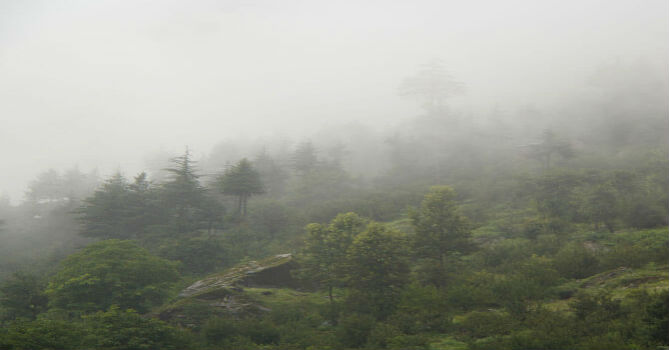A monsoon is a seasonal change in the path of the strongest winds affecting a specific region’s climate. The word monsoon comes from the Arabic word “mausim”, implying season. It is crucial to learn that monsoon is not a period of heavy rainfall or a single thunderstorm at one location. Instead, it is a complete weather pattern or season resulting in consequences, such as several thunderstorms over weeks or months in the country.
It brings massive rainfall with water pervading on roads at the higher level, and dust storms that occur when strong winds ahead of a thunderstorm lead to great dirt and outcomes include a wall of dust moving through, reducing the visibility for a particular time duration.
The pattern consists of a seasonal wind shift over an area and generally comes with a rise in precipitation and atmospheric moisture. When the weather pattern happens, the duration is referred to as the “monsoon season.”
Monsoons occur in several places across the earth, such as areas with huge, elevated landmass proximity to the adequate source of warm, tropical waters. These lead to heavy rainfall and thunderstorms in monsoon regions.
India’s monsoon travels from the northeast during parky months, and its direction turns to blow from the southwest during the warmest months yearly. This entire cycle results in heavy amounts of rainfall during June and July to a region.
The Southwest figures out wildfires enable the beginning of monsoon season. Burn scars, which are burnt vegetation and soil from the wildfires in the region, are risky to the deadly flash flooding and other hazards. The vegetation would have assisted the intake of most of that rainwater. The burnt soil is more like a hard surface instead of a passage for fluid, absorbent one. A rise in thunderstorm activity also suggests more lightning hits, usually the cause of new wildfires in various parts of the country.
When it comes to the change in season, the monsoon withdraws gradually. The speed and particular time of sunshine reduce with temperatures starting to go down by August, and the increase of southwesterly air lowers almost to a standstill in the northwest. Meghalaya’s Cherrapunji gets more than 2,000 mm (79 inches) of rainfall at that time.
In September, dry and cool air in the northern part initiates its direction to the west side of the highlands across northwestern India. The easterly jet frails with its intensity, and the upper tropospheric easterlies shift towards the south. As the moist south-western winds at the levels placed are not stronger and variable, they are instantly moved back. The rainfall comes at an intense variable position over most regions, but showers occur regularly in the southeastern areas and areas in the Bay of Bengal.
When October begins, variable winds are present often everywhere. Eventually, the entire Indian region gets surrounded by northern air, and the winter monsoon comes into effect.
How to secure amid heavy floods?
According to the weather in the southwest, the National Weather Service admonishes that the monsoon season is the difficult time of the year.
Following are the ways to keep yourself safe:
- One should be vigilant and track the latest weather conditions in the living area with respective alerts.
- During heavy rain, one should not move to any inundated roadways and be ready for higher ground when necessary.
- If a dust storm happens, take shelter inside a house or pull to the side of the road if driving. When the thunderstorm takes place, move away from windows.




